When it comes to taking care of ships, both dry docking and wet docking play an important role. These methods help maintain and repair ships, but they are quite different from each other. If you are new to the world of ship maintenance, it’s easy to get confused between the two. In this blog, we’ll explain the key differences between dry docking support and wet docking support in a very simple and easy-to-understand way.
We will look at what each one means, why they are needed, how they work, and when each one is used.
Note : If your ship needs full inspection or serious repairs, we’re here to help. Get in touch with our expert team today and let’s keep your vessel safe and ready for the sea. Contact us now for reliable Dry Docking Support in Dubai
Understanding the Basics of Ship Docking Support

Before we dive into the differences, let’s understand what docking support means in general.
What Is Docking Support in Simple Words?
Docking support refers to the process of helping a ship stay in place while it is being repaired, cleaned, or inspected. It makes sure the ship is safe and stable so that workers can do their job properly.
There are two main types of docking support:
- Dry Docking Support
- Wet Docking Support
Let’s now understand both of them one by one.
What Is Dry Docking Support?
Dry docking is when a ship is taken out of the water completely for maintenance or repairs.
How Does Dry Docking Work?
In dry docking, the ship enters a special dock that can be drained of water. Once the water is removed, the ship rests on blocks and supports. This allows workers to reach every part of the ship, even the bottom, which is normally underwater.
Why Is Dry Docking Used?
Dry docking is used when the ship needs serious work that cannot be done while it’s still floating. This includes:
- Painting or cleaning the hull (the bottom part of the ship)
- Checking for rust or damage under the ship
- Replacing parts like propellers or rudders
- Making big repairs that need the ship to be still and dry
What Is Wet Docking Support?
Wet docking, on the other hand, is when the ship stays in the water while minor work is done on it.
How Does Wet Docking Work?
In wet docking, the ship is brought close to a dock, pier, or berth. It is tied up securely, and work is done while the ship stays afloat. Some support systems are used to make sure the ship does not move too much.
Why Is Wet Docking Used?
Wet docking is used for lighter work that does not need the ship to be taken out of the water. This includes:
- Cleaning the upper parts of the ship
- Changing or fixing things inside the ship
- Doing electrical or software updates
- Checking safety equipment
Key Differences Between Dry Docking and Wet Docking
Now that you know the basic idea behind both types, let’s break down the main differences between dry docking support and wet docking support.
H2O and Hull Access – Water or No Water?
Dry Docking
- The ship is removed from water.
- Full access to the entire hull including the bottom.
Wet Docking
- The ship remains in the water.
- Only the parts above the waterline are accessible.
Type of Maintenance Work
Dry Docking
- Suitable for heavy-duty maintenance and repairs.
- Used for painting, structural repairs, propeller replacement, etc.
Wet Docking
- Suitable for light maintenance and small fixes.
- Used for electrical updates, minor cleaning, and safety checks.
Cost Involved
Dry Docking
- More expensive because of the use of large facilities and heavy equipment.
- More labor and time required.
Wet Docking
- Less expensive as the ship remains in the water.
- Less setup and fewer resources needed.
Time Duration
Dry Docking
- Takes longer time – usually days or even weeks depending on the job.
- Needs preparation before and after docking.
Wet Docking
- Takes less time – sometimes just hours or a day or two.
- No need to remove water or prepare blocks.
Use of Support Systems
Dry Docking
- Requires dry dock blocks, keel blocks, and cradle supports.
- These keep the ship steady when out of water.
Wet Docking
- Requires mooring lines, fenders, and bumpers.
- These help keep the ship steady while still in water.
Risk and Safety
Dry Docking
- Safer for big repairs because the ship is completely still.
- No risk of floating or movement.
Wet Docking
- Less safe for heavy repairs because the ship can move slightly.
- Needs extra care to avoid accidents.
When Should You Choose Dry Docking Support?
Dry docking should be chosen when:
- The ship needs a full inspection including the bottom.
- Big changes or upgrades are planned.
- The ship hasn’t been cleaned or checked in a long time.
- The law or marine rules require a full hull check.
Ships are usually dry docked every 2 to 5 years depending on the country’s marine rules.
When Should You Choose Wet Docking Support?
Wet docking is a better choice when:
- Only small work is needed.
- You don’t want to spend a lot of money.
- The ship needs a quick fix or check-up.
- The ship is still new and doesn’t need heavy maintenance.
Tools and Equipment Used in Dry Docking Support
Dry Dock Blocks and Keel Blocks
These are strong blocks that support the ship’s weight when the water is removed.
Cradles and Support Beams
They hold the ship from the sides and stop it from falling.
Water Pumps
These are used to remove water from the dry dock area.
Safety Gear and Ladders
For workers to move safely around the ship.
Tools and Equipment Used in Wet Docking Support
Mooring Lines
Strong ropes that tie the ship to the dock.
Fenders and Bumpers
Soft but strong pads that stop the ship from hitting the dock.
Small Cranes and Ladders
Used for climbing on and off the ship while it’s in the water.
Floating Platforms
Sometimes used if work needs to be done near the waterline.
Pros and Cons of Dry Docking and Wet Docking
Dry Docking – Pros
- Full inspection possible
- Safer for big jobs
- Helps find hidden problems
Dry Docking – Cons
- Expensive
- Takes longer
- Needs more planning
Wet Docking – Pros
- Cheaper
- Faster
- Good for light repairs
Wet Docking – Cons
- Can’t check the bottom of the ship
- Not good for big fixes
- Not as stable as dry docking
Final Thoughts – Choosing the Right Docking Support
Choosing between dry docking support and wet docking support depends on many things:
- What kind of work is needed?
- How much time do you have?
- What is your budget?
- Is the ship due for a full check?
If your ship needs a full inspection and serious repairs, dry docking is the way to go. But if you just want to do small checks or quick fixes, wet docking will save you both time and money.
Both methods are important, and each one has its own time and place. The key is to know what your ship needs and plan ahead.
Summary Table: Dry Docking vs. Wet Docking
| Feature | Dry Docking | Wet Docking |
|---|---|---|
| Water Involved | No | Yes |
| Type of Maintenance | Heavy | Light |
| Access to Ship | Full (including hull) | Partial (above waterline) |
| Cost | High | Low |
| Time Needed | Long | Short |
| Safety for Workers | High | Medium |
| Used For | Big repairs and full checks | Quick fixes and small tasks |
Let’s Wrap It Up
We hope this blog helped you understand the difference between dry docking support and wet docking support in a simple and clear way. Both are important parts of ship maintenance, and each has its own job to do.
If you’re in the marine industry, choosing the right type of docking support will save you time, money, and trouble in the long run. Always check the condition of your ship and decide wisely.
If you’d like help with dry docking or wet docking services, always contact professionals with experience. They will guide you on what’s best for your ship.
For more insightful articles related to this topic, feel free to visit : techners

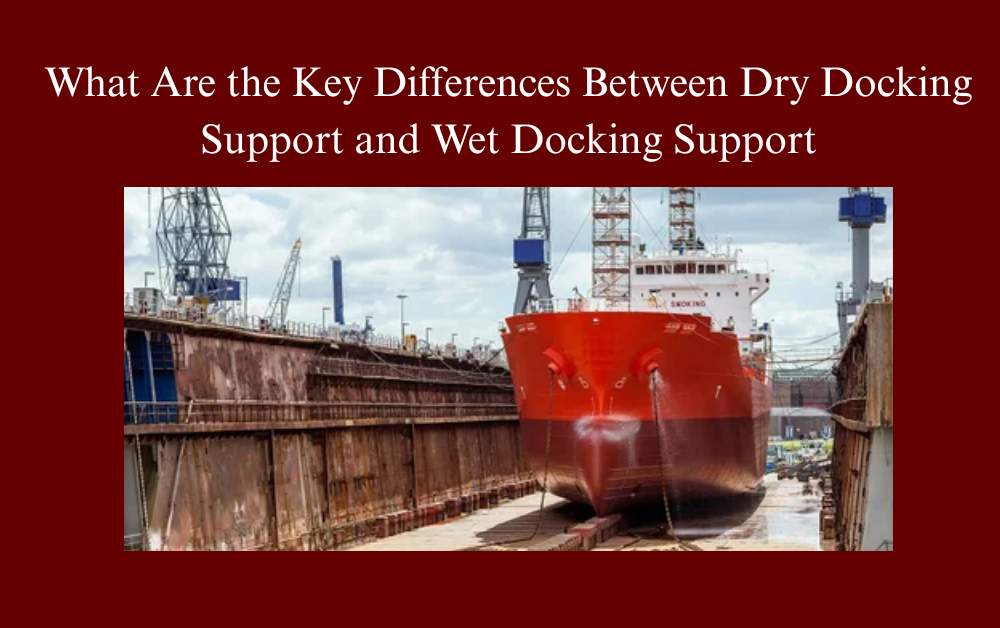
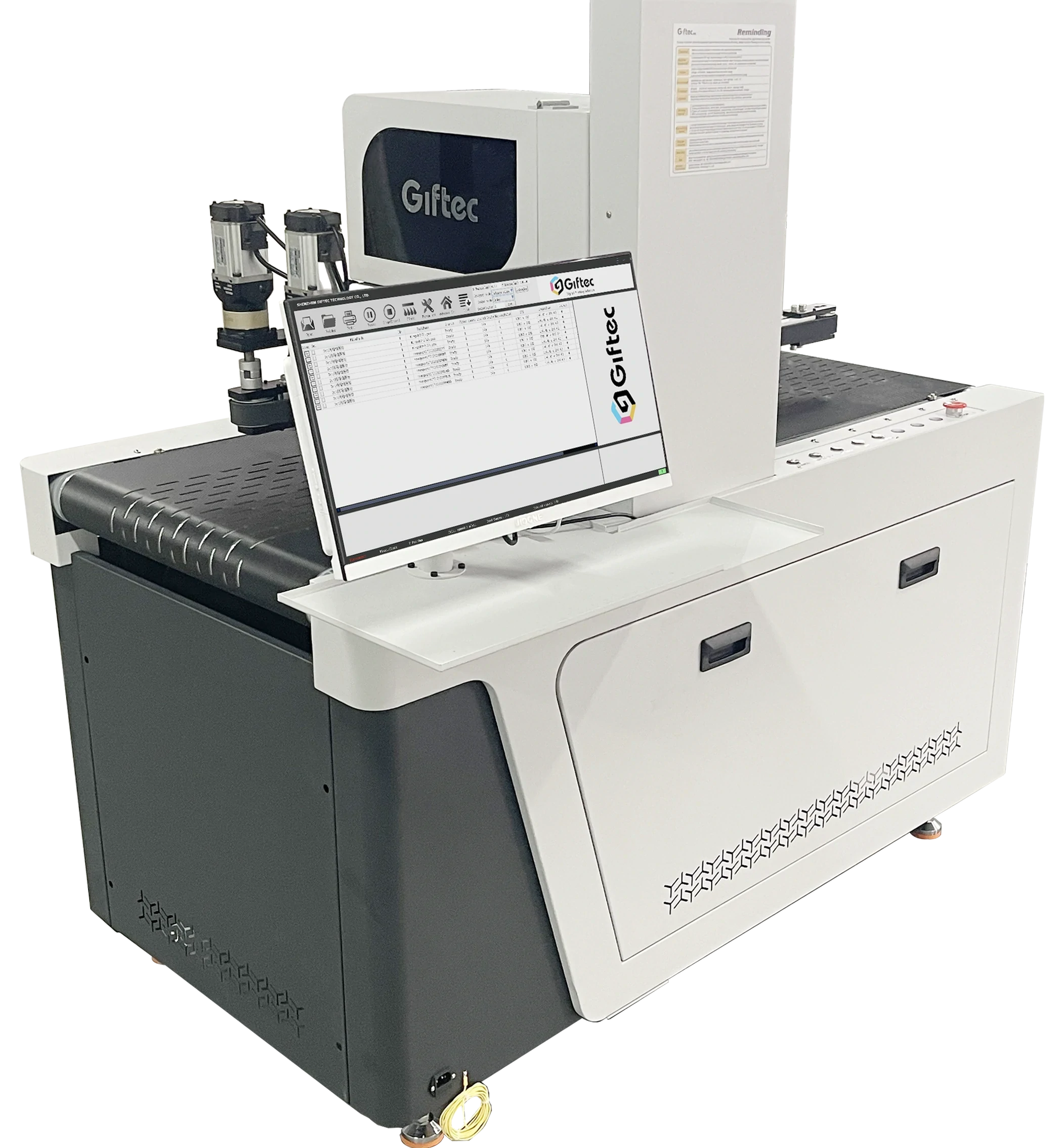

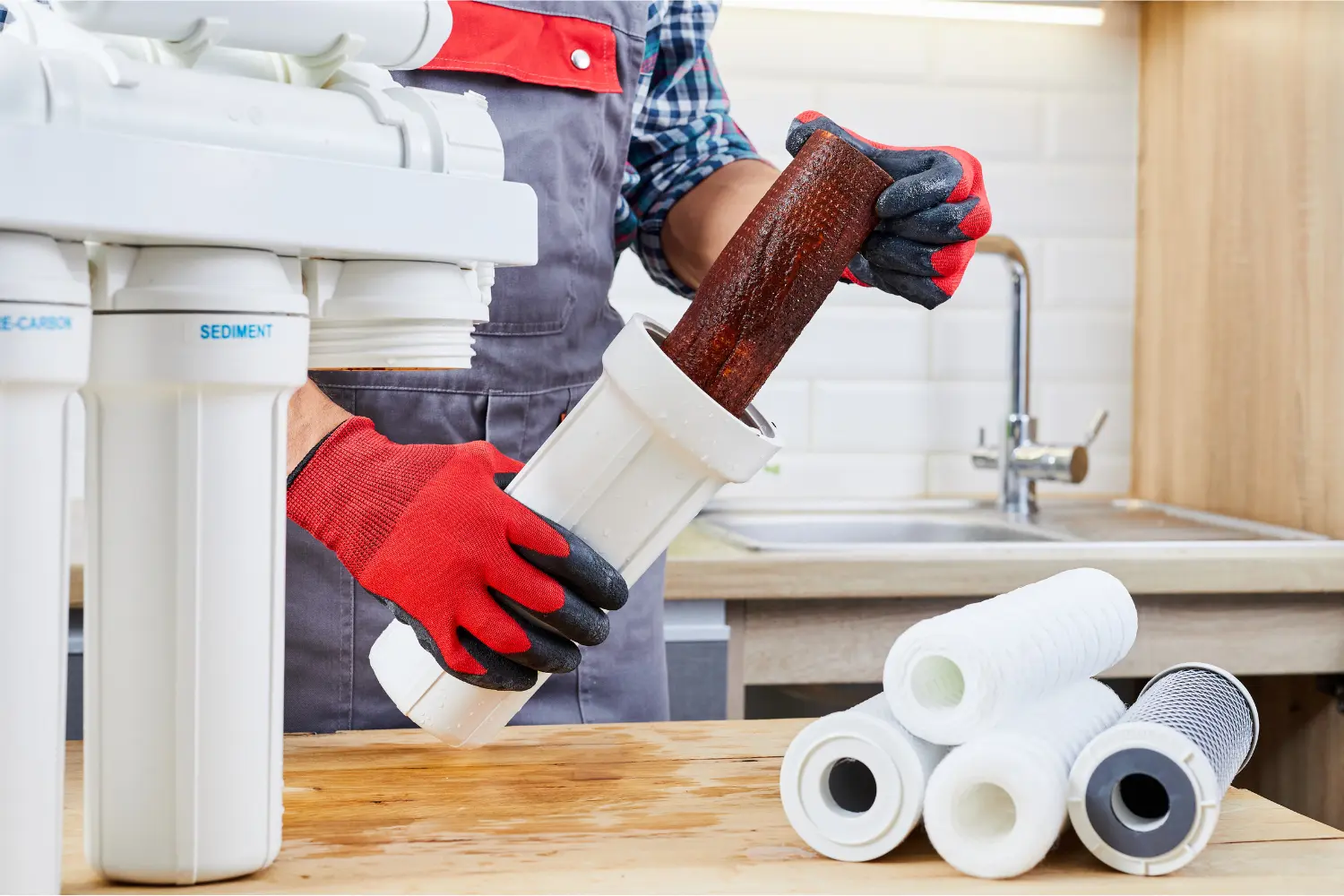




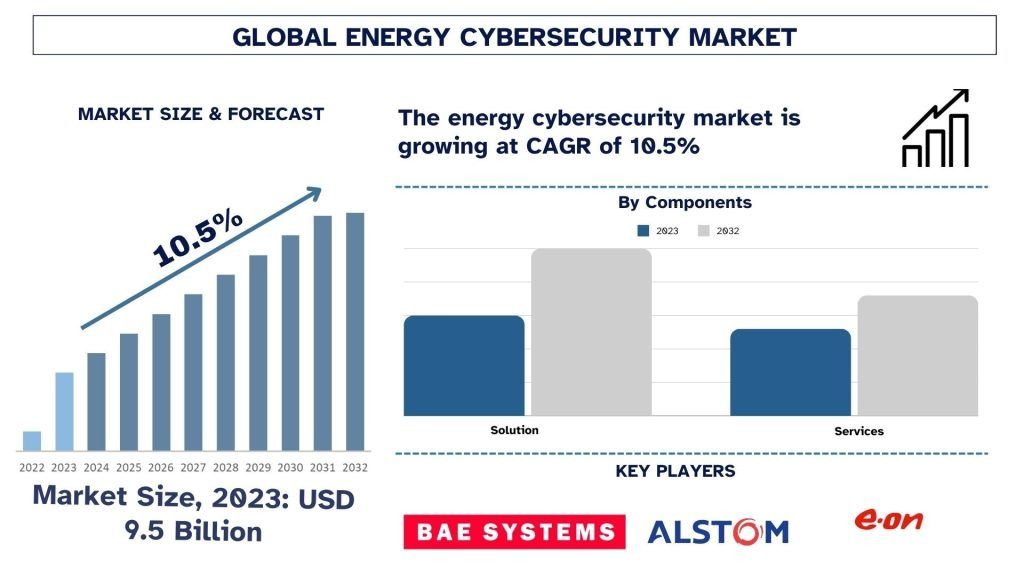
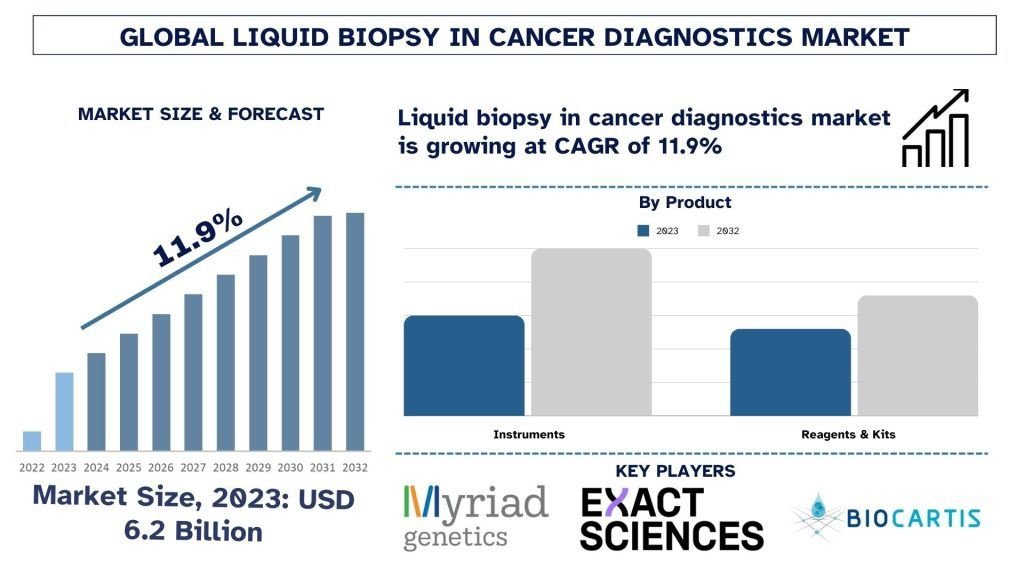
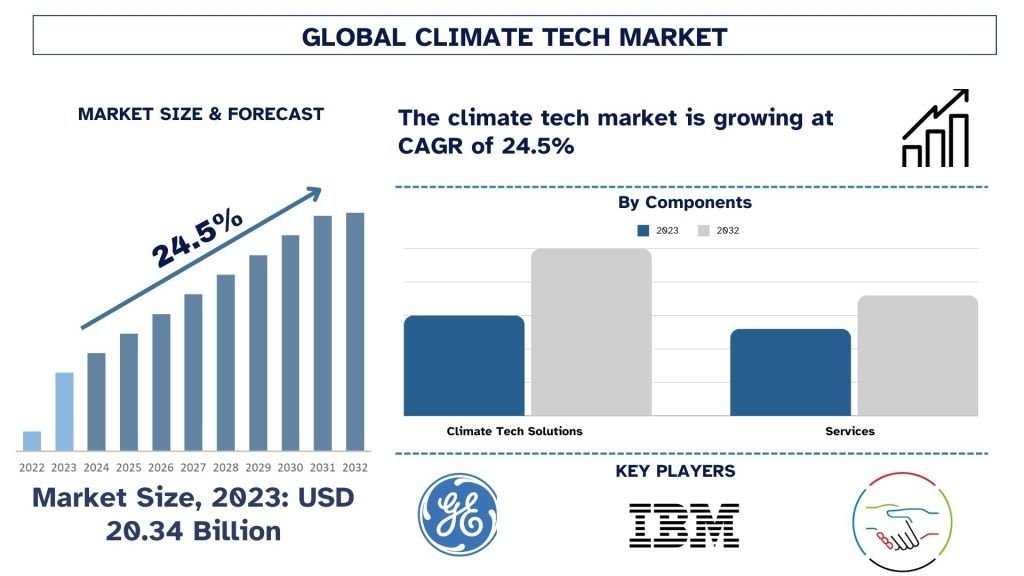
Leave a Reply